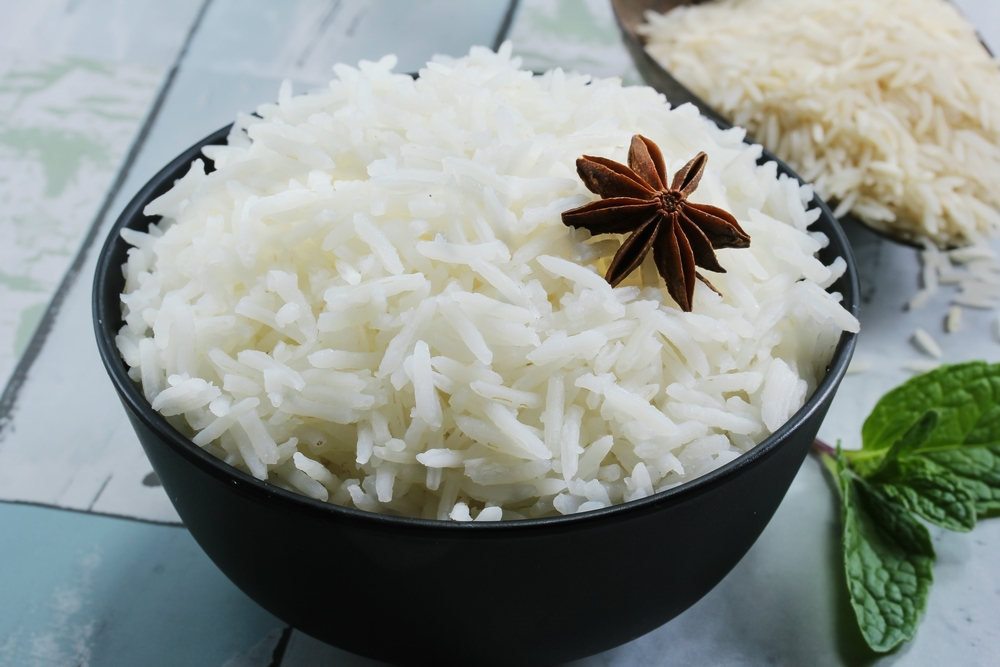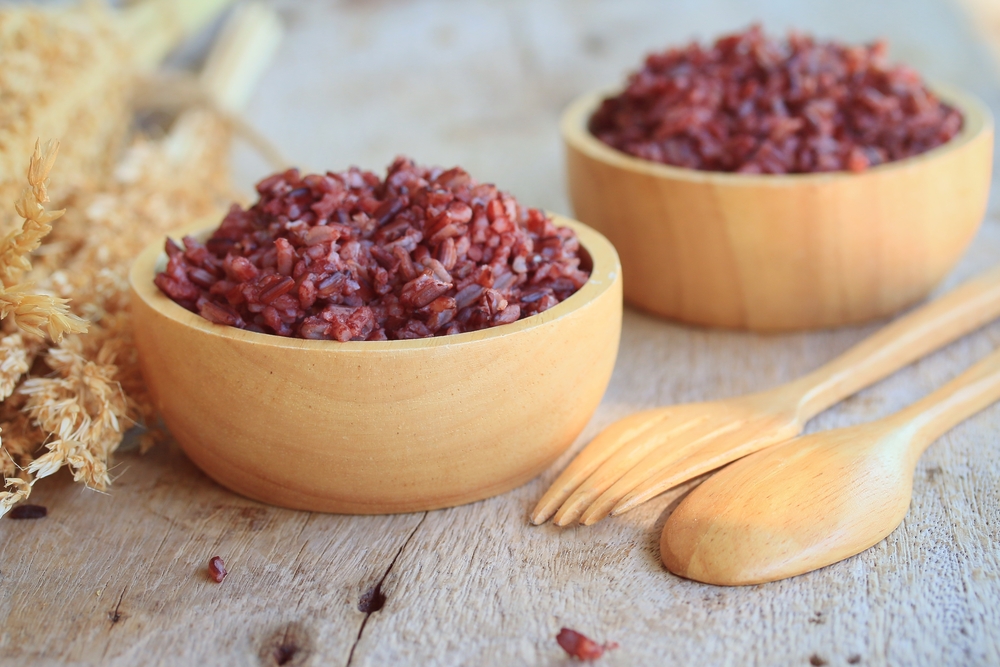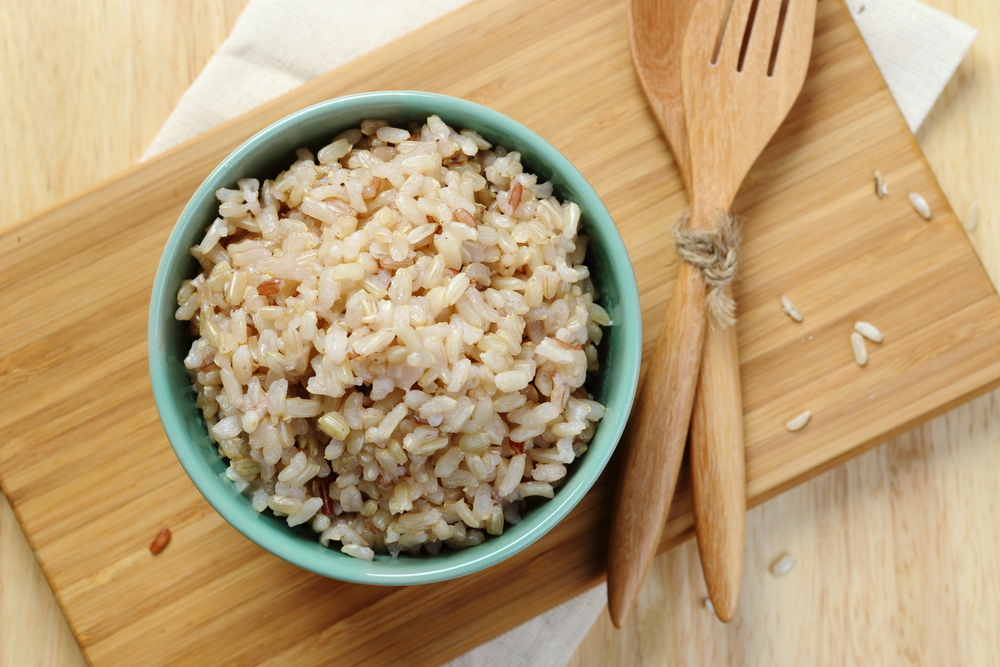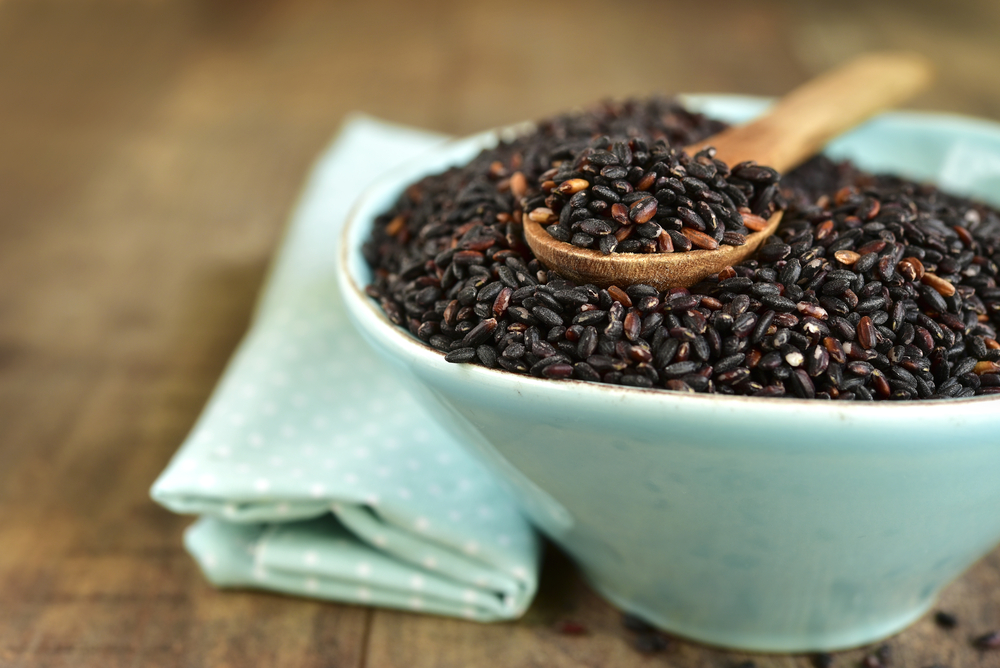Now we can find many types of rice in the market, from white, red, brown, to black rice. The colored ones are thought to contain more nutrients than white rice. Is it true?
Let’s unravel the secrets behind these types of rice, so we can compare the nutrients among the four easily.
White rice

For some people, white rice is a staple. Due to its plain flavor, white rice can be combined with any dishes, and even can be modified into other types of dishes. White rice is the highly refined version of raw rice, which is hulled and milled. This means that the bran and germ are completely removed from the grains.
Despite the fact that white rice is widely consumed throughout the world, this variety of rice is not-so-healthy. Without bran and germ, white rice are left empty (only starch). The bran and germ layers are actually the source of Vitamin B, fiber, essential fats, and other nutrients that are important for human health. Consuming non enriched white rice can lead to a disorder called beriberi, which occurs due to Vitamin B1 deficiency.
White rice is also treated with additives that in some cases can lead to diseases like diabetes, obesity, and so on. People with diabetes and hypertension are usually advised to switch from white rice to other varieties like red or brown rice.
Red rice

The red variety gets its color from an antioxidant called anthocyanins, which are also found in deep purple or reddish fruits and vegetables. This compound is believed to have properties that can reduce inflammation, allergies, and prevent risks of cancer.
Unlike white rice, red rice is considered a whole grain. Red rice retains the entire grain seed, including the germ, bran, and endosperm. This variety of rice can help you meet your daily fiber and iron needs. People who are looking to lose weight usually switch to red rice as it can control hunger by slowing digestion. The fiber contents in red rice is also good to help reduce risk of heart disease by helping to lower blood cholesterol levels, blood pressure and inflammation.
Brown rice

Brown rice is essentially what almost all forms of white rice looks like before it has been put through a refining process. That is why brown rice could be more nutritious than white rice. Brown rice is loaded with vitamins and minerals as well as fiber and protein to balance the carbohydrate contents. Studies have shown that brown rice nutrition can reduce the risk of developing diabetes as well as heart problems.
Black rice

Black rice has been eaten in regions of Asia for thousands of years. It was reserved for only Chinese royalty for centuries. Also known as The Forbidden Rice, black rice is known as one of the healthier alternatives of regular white rice. Despite being less popular than other variety of rice, black rice has more nutritional benefits than most other closely related rice varieties. It is rich in fiber, antioxidants, phytonutrients, phytochemicals, Vitamin E, protein, iron, and other nutrients. The high content of anthocyanins in black rice is also believed to help in preventing risks of cancer.
One serving of black rice contains only around 160 calories, so it is a great choice for those who are on diet. The low sugar and glycemic content makes it a dietary option for heart patients, diabetics as well as for those with high blood pressure.
Now this is the summary of nutrient contents from 100 gram each of polished white rice, brown rice, red rice, and black rice:
- Polished white rice: 6.8 gram protein, 1.2 gram iron, 0.6 fiber
- Brown rice: 7.9 gram protein, 2.2 gram iron, 2.8 gram fiber
- Red rice: 7.0 gram protein, 5.5 gram iron, 2.0 gram fiber
- Black rice: 8.5 gram protein, 3.5 gram iron, 4.9 gram fiber, and the highest amount of antioxidants of any rice variety.





